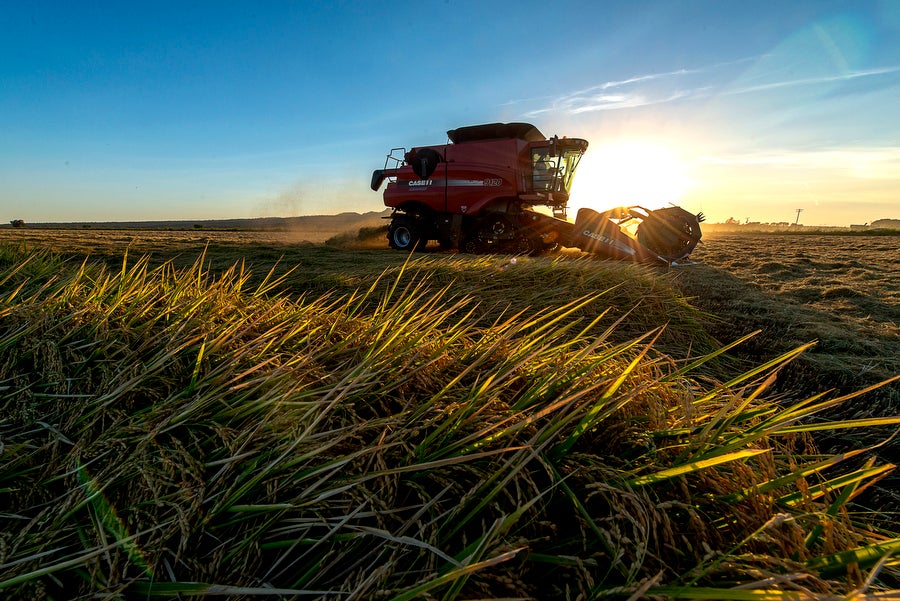
Surplus food at the Food Donation Connection. Photo Credit: USDA.
Food waste affects more than just our wallets. Approximately one-third of all food produced in the world gets thrown away every year, leading to 3.3 billion tons of greenhouse gas emissions. At 2.6 trillion pounds, that’s enough sustenance to feed three billion people, or almost all people living in poverty worldwide today.
That’s why, last week, when I attended a Q&A session for ag interns at the U.S. Department of Agriculture with Secretary Tom Vilsack, I was intrigued when a fellow intern asked a question regarding food sustainability and what the U.S. can do to ensure that there will be enough food to feed the 9 billion people expected to populate the world by 2050.
The Secretary’s answer? Reduce food waste.















 There’s a new reason to celebrate your favorite sugar cookie. The Campbell Soup Company has
There’s a new reason to celebrate your favorite sugar cookie. The Campbell Soup Company has 

